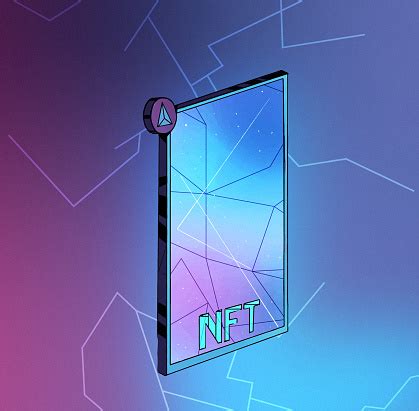“The Digital Universe: Exploring Cryptocurrency, liquidity protocols (LP) and Altcoins in the Post-Meme world”
In the constantly developing cryptocurrency landscape, the term “Altcoin” became synonymous with speculative enthusiasm and market variability. However, apart from headers and noise, there is a fascinating kingdom, which justifies closer exploration: the art of cryptocurrencies, liquidity protocols (LP) and decentralized financial initiatives (DEFI).
cryptocurrency
The cryptocurrency space is based on blockchain technology, which allows safe, transparent and decentralized transactions. Bitcoin, published in 2009 by Satoshi Nakamoto, remains the largest and most famous cryptocurrency, with market capitalization of over $ 2 trillion. Other popular cryptocurrencies include Ethereum (ETH), Litecoin (LTC) and Ripple (XRP).
However, while bitcoins and other coins at the highest level have significant swaying, others sculpted niche positions on the market. Altcoins, an abbreviation of alternative coins, offer unique functions or advantages that distinguish them from more recognized counterparts. These altcoins often rely on innovative technologies or business models, which can make them more attractive for investors looking for diversification.
liquidity protocols (LP)
In the space of cryptocurrencies, liquidity protocols play a key role in facilitating trade and market participation. LPS, a shortcut to the liquidity recipe, are financial instruments that allow users to provide liquidity with decentralized exchanges (DEX) or other markets. These platforms rely on many users with coins as security, which allows them to offer liquidity if needed.
The increase in DEFI has risen in the LPS party, and many traditional banks and financial institutions now offer their own versions of these instruments. The benefits of using LPS include reduced risk, increased efficiency and better market availability.
Altcoins
In addition to Bitcoins and the highest level of Altcoins, such as Ethereum and Litecoin, there is a wide range of niche cryptocurrencies that meet specific needs or cases of use. Some examples include:
* Stellar (XLM):
Decentralized network for cross -border payments and transfer of assets.
* Cardano (ADA):

Blockchain platform with an open level focused on ensuring a scalable, safe and balanced alternative to traditional blockchain.
* Monero (XMR): cryptocurrency that uses advanced cryptography and private transactions to maintain user anonymity.
Cryptoart
The transition of cryptographic and art led to an innovative community known as Cryptoart. Cryptoart refers to digital art created using blockchain technology, often focusing on artistic expression or news. The use of cryptocurrencies such as Bitcoin and Ethereum, allows artists to beat their own unique tokens that can be traded like traditional resources.
Cryptoart has become more and more popular in recent years, and the best artists, such as Beeple (Mike Winkelmann) and Pakui & Tutin, show their work with various blockchain platforms. Some noteworthy examples include:
* “Everything: The first 5000 Beeple days” A collection of digital works that sold for over $ 69 million in 2021.
* Pakui & Tutin “The Witches of Middletown” A series of sculptures based on blockchain, which drew considerable attention from the artistic community.
Application
When we move on the constantly changing cryptocurrency landscape, it is necessary to recognize the importance of alternative coins, liquidity protocols and cryptaart. These rising areas offer new opportunities for investment, innovation and artistic expression.
While Altcoins and LPS have a significant impact on the market, Cryptoart provides a unique platform for creative expression and artistic exploration.
© 2022 – Potenza Building Material